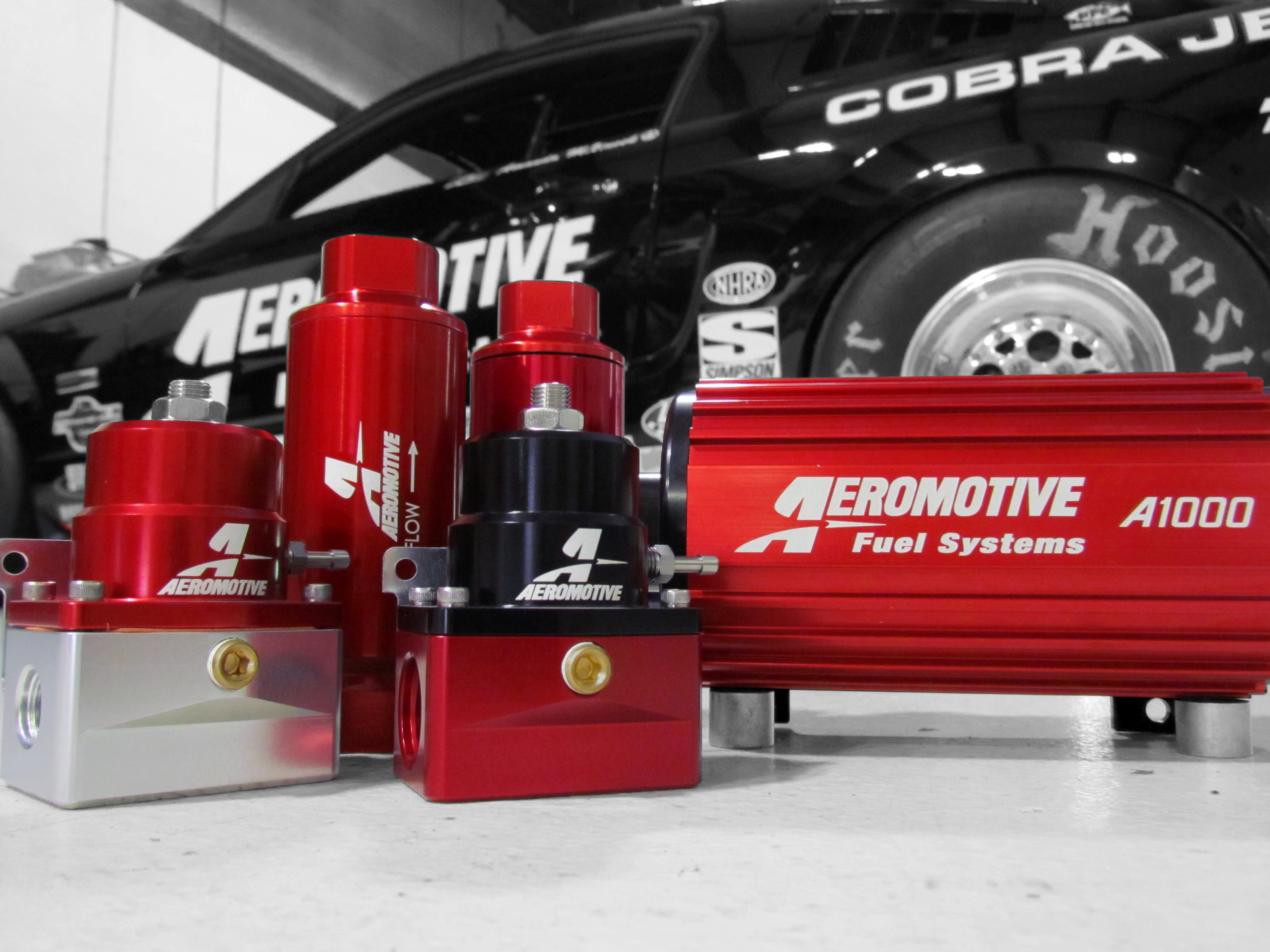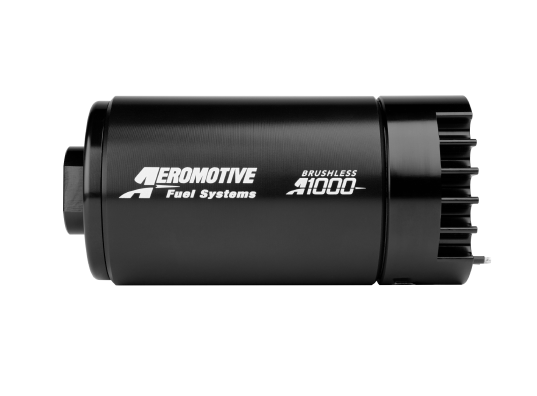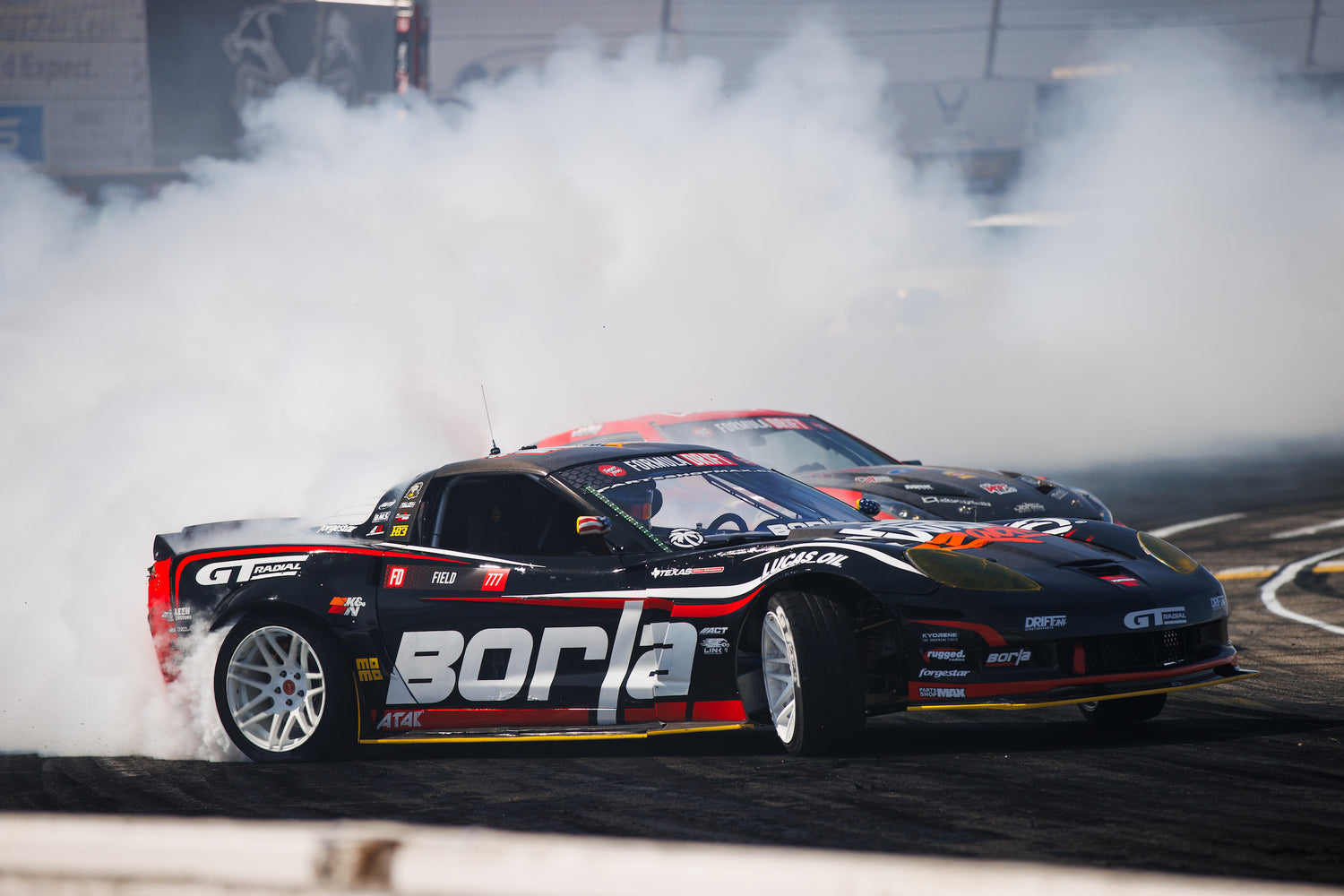We are kicking off a series on the basics of fuel system management. Our first topic is picking the right fuel pump for your horsepower goals. Throughout this article, we will be discussing the steps necessary to ensure your pump supports your engine and the horsepower you’re wanting to make.
The first step in choosing the right fuel pump is establishing how much horsepower you would like to make and the amount of fuel required to support it, which can be confusing. Establishing horsepower is easy – simply ask yourself how much power you want to make and make a note of it. In order to determine the fuel required to support the engine, you need to be able to calculate Brake Specific Fuel Consumption (BSFC) for your fuel of choice. BSFC is a measurement of the fuel efficiency of an engine. It is simply the rate of fuel consumption divided by the power produced (or the horsepower you want to run at). In other words, BSFC is the amount of fuel needed to make 1 horsepower for 1 hour. This allows you to view BSFC as a power-specific fuel consumption – it allows you to directly compare the efficiency of many different engines. If you know BSFC and the horsepower you want to run, you can figure out many pounds of fuel per hour you need to fuel your ride, which will tell you what pump you need.
For example – say you’ve already determined that you want to make 1,000 horsepower on a carbureted engine and you want to run gasoline. No turbo, no supercharger, nothing – just raw motor and gas. The BSFC for this combination is typically between 0.4 and 0.5 lbs/hp/hr – let’s go with the high end of the range. Take 0.5, multiply it by 1,000 and you get 500 lbs/hr. Next, we look at your pressure – average pressure for carbureted systems is 7 psi, so we are going to use that number. Let’s also say we have a 12-volt battery with an alternator, which means you’re running your system at 13.5 volts at the pump. A 1,000-horsepower carbureted system running at 7 psi on 13.5 volts with 500 lbs/hr of fuel, you are going to need our A1000.
Another example is this: an EFI, 1,200 flywheel horsepower engine running on gasoline. We also have a supercharger installed. The BSFC for this combination is typically between 0.6 and 0.75 lbs/hp/hr – let’s go with the middle of the range. Take 0.67, multiply it by 1,200 and you get 804 lbs/hr. Next, let’s look at your pressure – average base pressure for EFI systems is 45 psi. Since you have a supercharger, we’re going to account for the boost related to that. Let’s go with 20 pounds of boost. 45 base pressure + 20 lbs boost = 65 total psi. We also have a 12-volt battery with an alternator, which means you’re running your system at 13.5 volts at the pump. A 1,200 flywheel horsepower EFI system running at 65 psi base + boost on 13.5 volts with 804 lbs/hr of fuel – you are going to need our Eliminator pump.
A third example would be this: say you’re running EFI on ethanol with a supercharger. You’re running 1,000 flywheel horsepower with 0.9 BSFC, which comes out to 900 lbs/hr. Let’s say you’re also running an alternator, which means you’re running at 13.5V. Like last time, you have 45 base psi with 20 lbs boost, making your total psi 65. A 1,000 flywheel horsepower EFI system running at 65 psi base + boost on 13.5 volts with 900 lbs/hr of fuel – you are going to need our Pro Series pump, which flows up to 1,200 lbs/hr at 65 psi and 13.5 volts.














